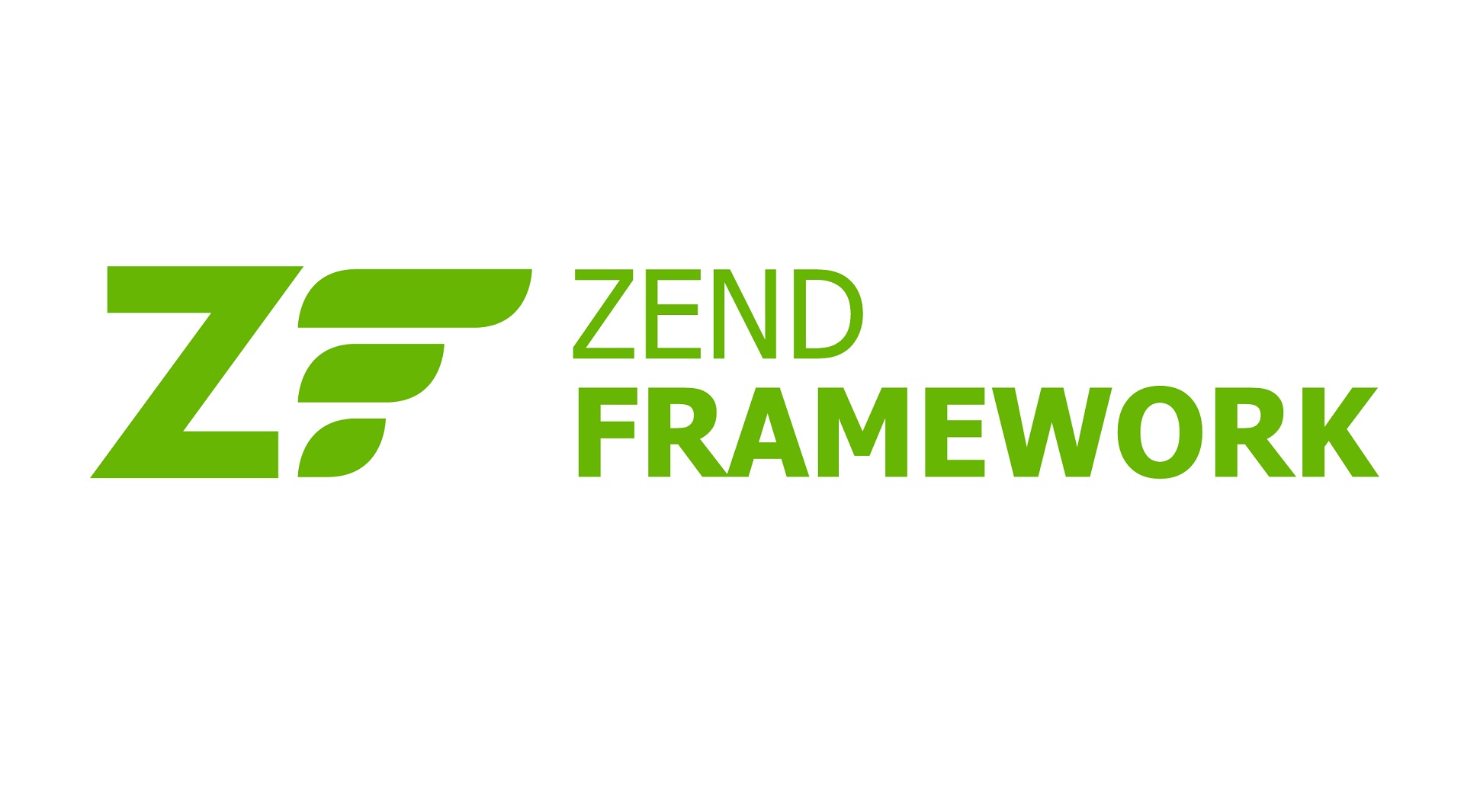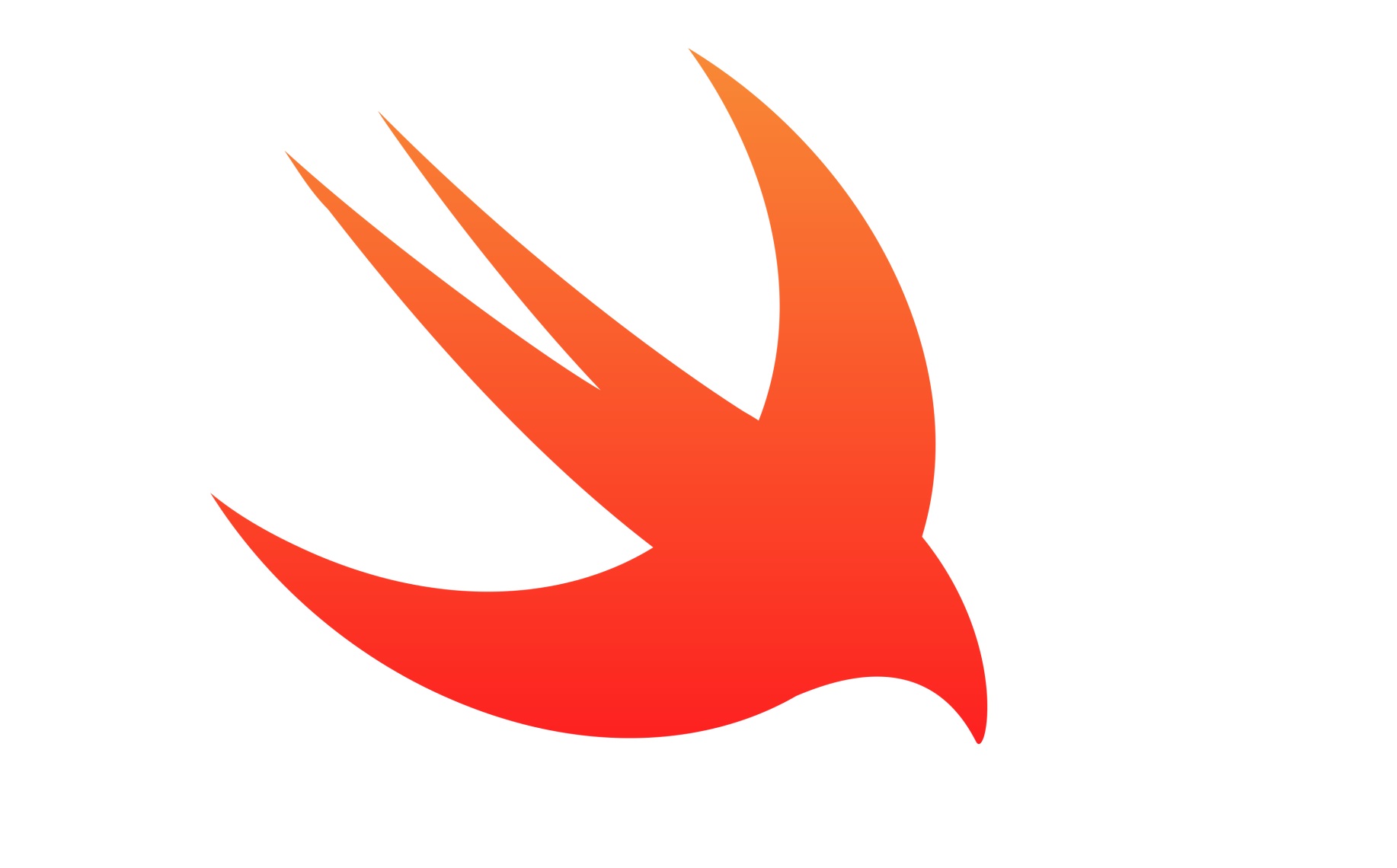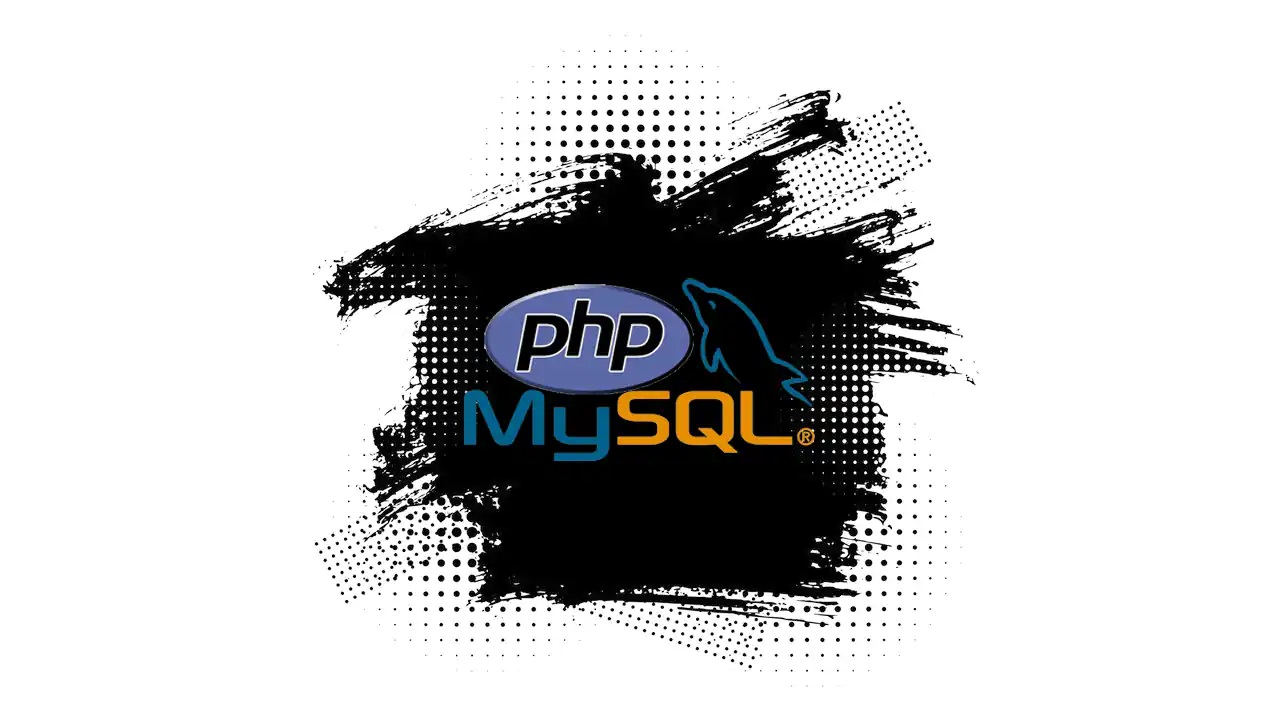All about Zend Framework
Veröffentlicht am

Veröffentlicht am

RemoteScout24 · Veröffentlicht am 2023-07-04 14:01:01.0
RemoteScout24 · Veröffentlicht am 2023-07-01 14:01:01.0
RemoteScout24 · Veröffentlicht am 2023-07-01 14:01:01.0
RemoteScout24 · Veröffentlicht am 2023-06-30 14:01:01.0



